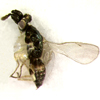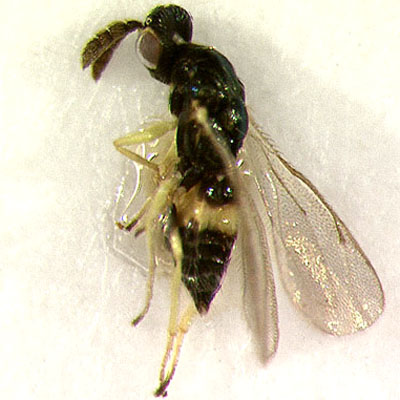 |
|||||||||||||||||||||||||||||||||||||||||||||||||||||||||||||||||||||||||||||||||||||||||||||||
|
|
Home | Open the Key | References | ||||||||||||||||||||||||||||||||||||||||||||||||||||||||||||||||||||||||||||||||||||||||||||
|
|||||||||||||||||||||||||||||||||||||||||||||||||||||||||||||||||||||||||||||||||||||||||||||||
Classification
|
|||||||||||||||||||||||||||||||||||||||||||||||||||||||||||||||||||||||||||||||||||||||||||||||
Subfamily Tribe |
|||||||||||||||||||||||||||||||||||||||||||||||||||||||||||||||||||||||||||||||||||||||||||||||
Diagnosis
|
|||||||||||||||||||||||||||||||||||||||||||||||||||||||||||||||||||||||||||||||||||||||||||||||
|

|
||||||||||||||||||||||||||||||||||||||||||||||||||||||||||||||||||||||||||||||||||||||||||||||
| |
|||||||||||||||||||||||||||||||||||||||||||||||||||||||||||||||||||||||||||||||||||||||||||||||
Distribution |
|||||||||||||||||||||||||||||||||||||||||||||||||||||||||||||||||||||||||||||||||||||||||||||||
|
Diaulinopsis is a very small genus (4 described species) recorded in the Australian, Holarctic and Neotropics regions (Noyes, 2001). |
|||||||||||||||||||||||||||||||||||||||||||||||||||||||||||||||||||||||||||||||||||||||||||||||
| |
|||||||||||||||||||||||||||||||||||||||||||||||||||||||||||||||||||||||||||||||||||||||||||||||
Biology |
|||||||||||||||||||||||||||||||||||||||||||||||||||||||||||||||||||||||||||||||||||||||||||||||
|
The species of this genus are mainly parasitoids of leafminers, and especially of agromyzid leafminers (Noyes, 2001). |
|||||||||||||||||||||||||||||||||||||||||||||||||||||||||||||||||||||||||||||||||||||||||||||||
| |
|||||||||||||||||||||||||||||||||||||||||||||||||||||||||||||||||||||||||||||||||||||||||||||||
| |
|||||||||||||||||||||||||||||||||||||||||||||||||||||||||||||||||||||||||||||||||||||||||||||||
Comments |
|||||||||||||||||||||||||||||||||||||||||||||||||||||||||||||||||||||||||||||||||||||||||||||||
|
Diaulinopsis belongs to the tribe
of Cirrospilini, by having funicle
2-segmented in both sexes, propleura separated posteriorly, submarginal
vein with 3 or more setae dorsally and 2 pairs of scutellar setae.
This genus may be distinguished from other Cirrospilini included in the key as follows: from Cirrospilus ambiguus, Danuviella, Diglyphus, Meruana and Zagrammosoma (all of which have notauli incomplete or curving to axillae) by having notauli complete and reaching posterior margin of mesoscutum. Diaulinopsis can be distinguished from Semielacher by not having a distinct petiole and by having mesoscutum longer than pronotum medially and from Cirrospilus “variegatus group” and Zagrammosoma by not having vertex vaulted. Finally, Cirrospilus “sensu strictu” appears the closest genus and Boucek (1988), although he treats Diaulinopsis as a defined genus, doesn’t exclude the possibility that Diaulinopsis could be regarded as a species group of Cirrospilus. The very long postmarginal vein in Diaulinopsis is the best character to separate these genera. Gordh and Hendrickson (1979) provided, within a study of Diglyphus species, a key of the two Nearctic species of Diaulinopsis: albiscapa (Girault) (as albiscapus) and callichroma Crawford. |
|||||||||||||||||||||||||||||||||||||||||||||||||||||||||||||||||||||||||||||||||||||||||||||||

